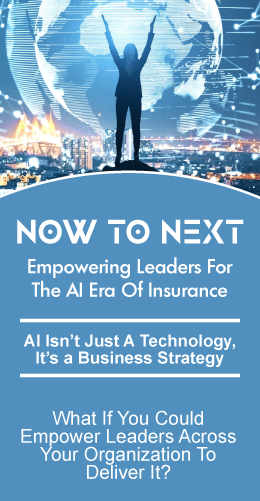
The system for construction risk management is broken. One in five workplace fatalities occur in construction, and the same mistakes repeat each year. In fact, misuse of fall protection was the number one most frequently cited OSHA violation. Change requires a radically different approach.
In the current system, an Underwriter or broker appoints a risk expert to inspect job site surveys at regular intervals during the life of the construction project. The primary purpose of these assessments is to examine performance, confirm compliance, and identify risk areas. Site surveys are typically completed by a professional Risk Engineer. However, this process is flawed in several ways:
- There is limited information sharing between parties. Most documents are workflow independent, manually organized, and too large to email to underwriters. Information gets siloed with the risk engineers and is almost never shared between jobs with similar characteristics.
- Risk Improvement Recommendations are often not compared to provide a real insight across similar projects.
- There is no feedback loop between claims and risk engineers. When claims are filed they are not reported back to the risk engineer for lessons learned.
- The chain of command to share information is too long. Once a risk survey is complete, the report is sent to the underwriter, then the broker, and finally to the insured. This lengthy process destroys the ability for real-time feedback. The long chain makes loss prevention impossible, as the timeline to address Risk Improvement Recommendations passes before the Insured receives the formal request.
The rise of InsurTech has established an alternative to the traditional survey and pray process. InsurTech solutions incorporate real-time connectivity between risk engineers, underwriters, and policyholders. Further blockchain technology and machine learning enable a secure environment that supports information sharing between jobs and between insurers driven by the underwriter.
In fact, one InsurTech iMitig8 Risk Tracker, developed a platform to manage an ecosystem of aggregate claims and recommendations. Alerts of potential risks are triggered and sent to key stakeholders across the risk chain and across different jobs. Further, iMitig8 enables lessons learned to be passed on between the stakeholders.
Construction risk management is due for a change. The industry now has an opportunity to adopt technology that can improve the safety of its employees and protect insurers from losses that can be prevented.
David Baxter, CEO
iMitig8 Risk, LLC
SVIA Startup Lab Member







